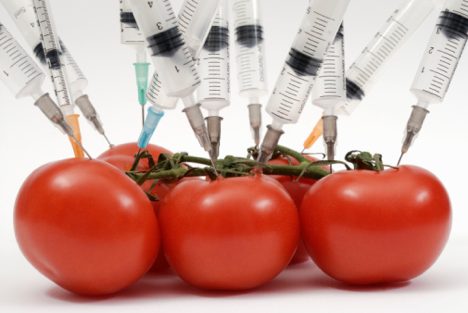 GM Experiences
GM Experiences
A few weeks ago I was invited to Vienna to participate in a 2 day workshop on Responsible Research and Innovation in the Context of GMO. Obviously, these two topics being my main interests in life, I accepted, and off I went with my extremely stylish new laptop/overnight bag to an equally stylish country hotel.
It was a really interesting weekend. The other participants were scientists, members of regulatory bodies and governmental institutions, professors and other professionals from across Europe. I should say that this weekend was part of a much larger project called RES-AGORA, which is funded by the European Commission. You can read all about it here.
If that tickles your fancy here is the 60 page long Stakeholders Report.
But anyway back to the experience of a Luddite blogger in a posh hotel. I learned a lot about genetic modification, legislation, the problems of getting seeds to test, companies not making life easy for those testing or reporting, property rights and their effects over publication possibilities, loopholes in laws in different countries that allow people to legally buy seeds without a contract with the manufacturers (oh don’t get me started), and it got me thinking about writing an article.
So I did, and got it published here, in an Italian online academic journal.
Writing Skills
Now why is this of interest to you I hear you ask. Well I wrote this article basing much of it on the food series that I wrote here on Technology Bloggers last year. In writing the series I unearthed a real underbelly of food production, and a little organization and rewriting, updating, selecting and expanding, and I had an academic article. You can download it for free here if you like.
The article raises the issue of how the GM debate is played out online. The problem it seems (to me) is that there is no forum for constructive debate about GM, and this leads to a polarization of positions. So we can imagine a scenario in which website “A” points out as many problems as the author can think of, ethical issues, exploitation, altering nature, global takeover of seed production, and other nasties. In the same scenario website “B” is glossy and tells us that only GM will be able to produce enough food to feed an ever growing population, that it is all safe, that they are spending money on research just to help us out….
The problem is that in all scenarios website C is the same as website A, and D is the same as B and so on. There is little room for debate about GM in organic fuel production, or any other possible uses. It is the goodies against the baddies, and the baddies have more money, friends and power. The goodies however don’t seem to have a broad enough base to attack from.
Now the article looks nothing like the blog series I grant you, nor does this 2 paragraph description above, and I have to say that a lot of work went into the article. But having done all of the research for the series gave me a really good grounding. Now I am sure that many readers have written blogs that follow long and intricate lines of argument, but I wonder how many have thought about writing an article for a journal, newspaper or magazine and submitting it? It certainly broadens your writing capabilities, and if you feel you have something important to say it gives access to different readerships.
And it looks good in the portfolio and on the CV!

